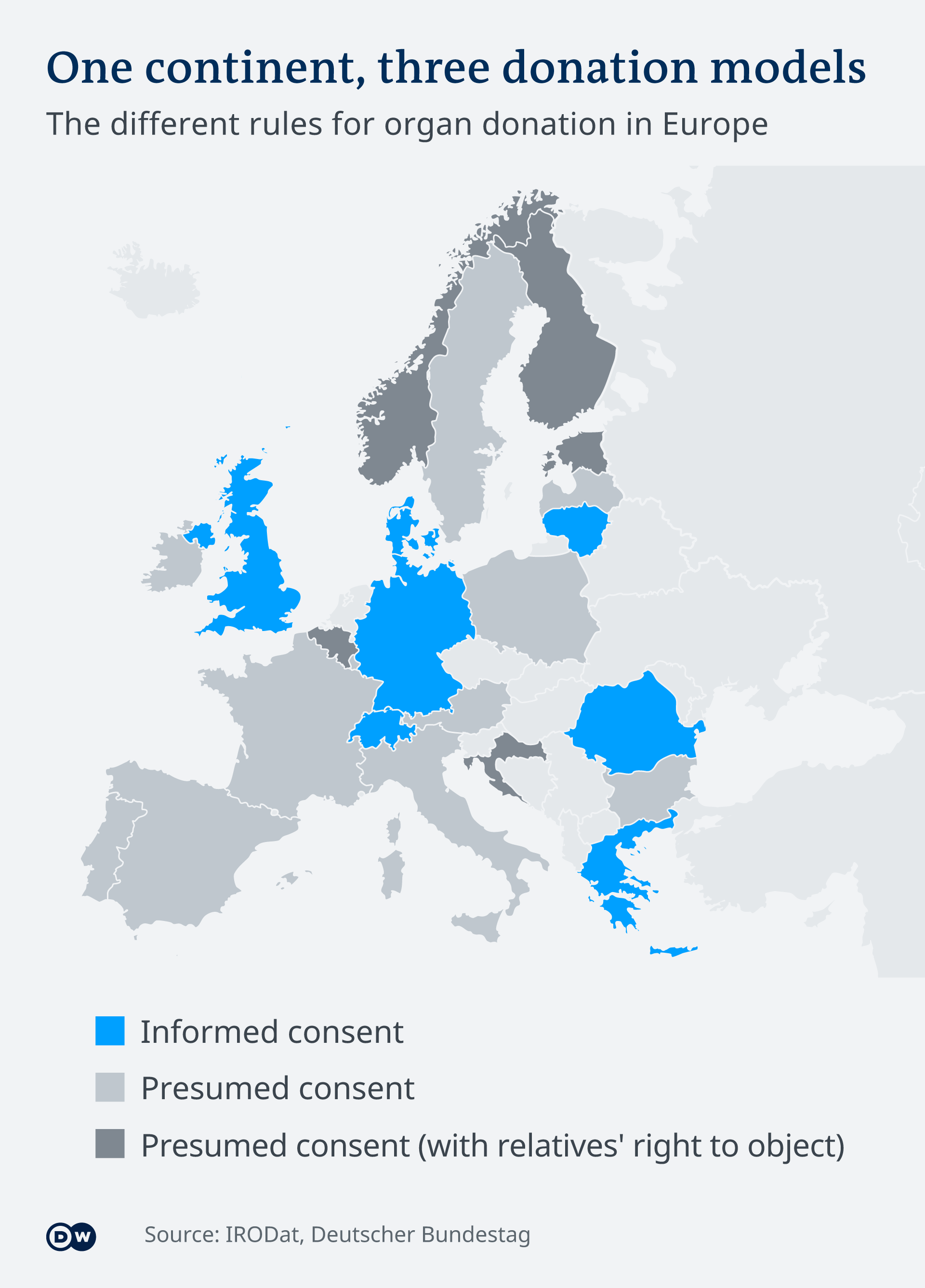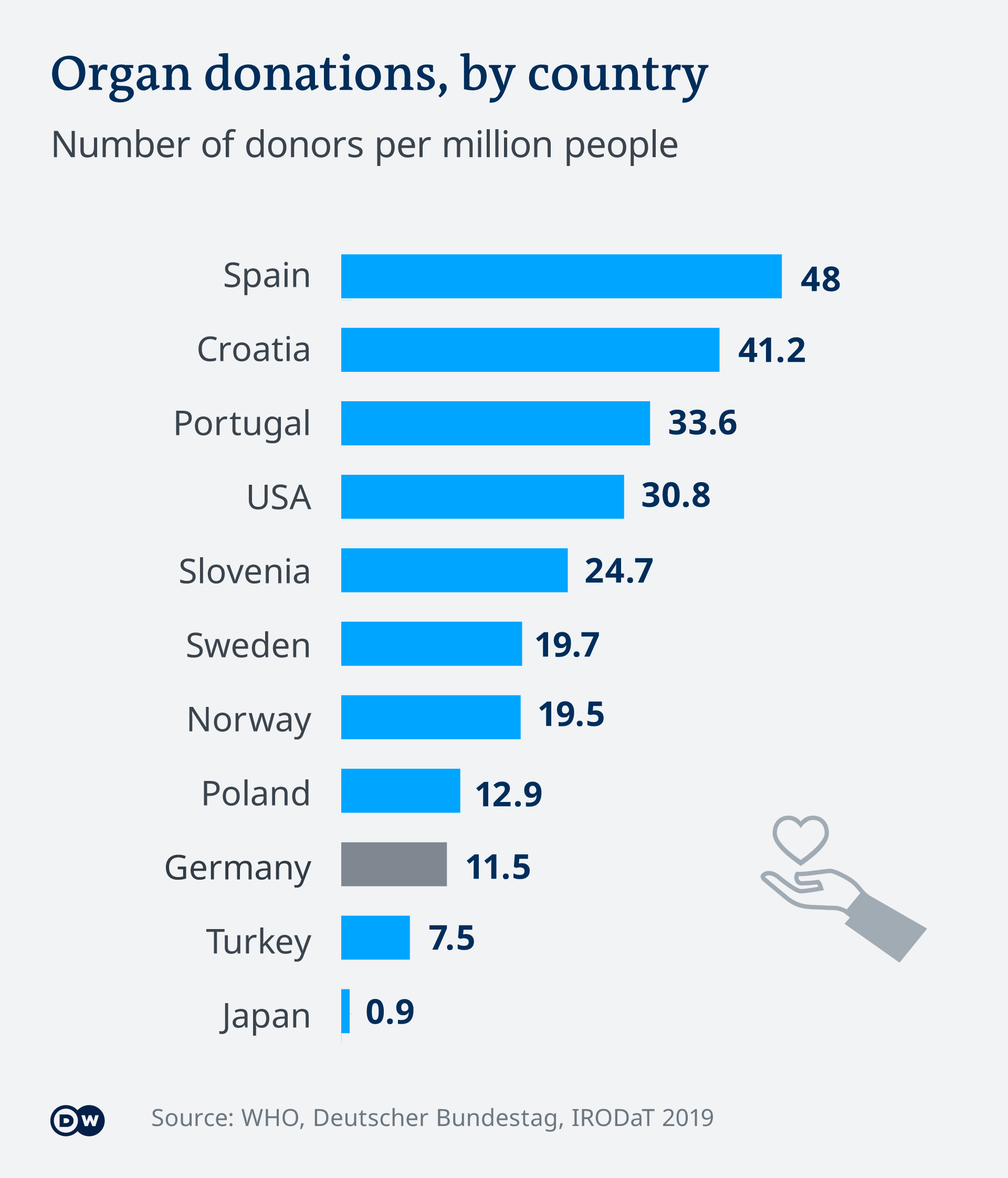Here's a heads up on the
1st Annual National Kidney Donor Advocate Conference on Friday, April 24 in New York City.
Here's a list of speakers.
1st Annual National Kidney Donor Advocate Conference on Friday, April 24 in New York City.
Here's a list of speakers.
- Prof. Alvin Roth
Paired kidney exchange and a program to expand the living donor pool - Dr. Michael Rees:
Paired kidney exchange & the program designed to expand the living donor pool. - Garet Hil:
Protecting and supporting living donors – stories from the front lines - Dr. David Serur:
Review of the current medical status of kidney disease and treatments, and discussion ofcommon complications for living donors - Marian Charlton & Janet Hiller:
A day in the life of a living donor coordinator and a kidney patient coordinator - Dr. Joshua Mezrich:
A surgeon’s perspective on living kidney donation - Stephen Dubner:
Podcasts and progress – consumption is in the ear of the beholder - Harvey Mysel:
Save a life, it might be your own - Prof. Abigail Marsh:
"Are donors different?”: insights into physiology and psychology of living donors - Jim Gleason:
- Kidney Donors and Cookie Monsters: Two peas in a pod




